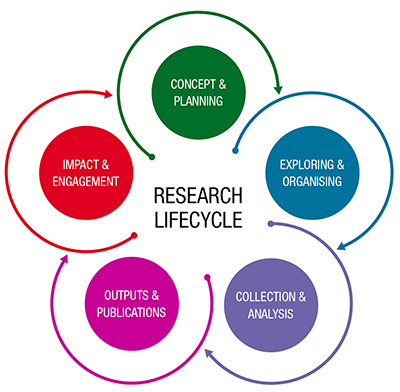Answering the question
- Did you specify the type of data analytic question (e.g. exploration, association causality) before touching the data?
- Did you define the metric for success before beginning?
- Did you understand the context for the question and the scientific or business application?
- Did you record the experimental design?
- Did you consider whether the question could be answered with the available data?
Exploratory analysis
- Did you identify missing values?
- Did you make univariate plots (histograms, density plots, boxplots)?
- Did you consider correlations between variables (scatterplots)?
- Did you check the units of all data points to make sure they are in the right range?
- Did you try to identify any errors or miscoding of variables?
- Did you consider plotting on a log scale?
- Would a scatterplot be more informative?
Inference
- Did you identify what large population you are trying to describe?
- Did you clearly identify the quantities of interest in your model?
- Did you consider potential confounders?
- Did you identify and model potential sources of correlation such as measurements over time or space?
- Did you calculate a measure of uncertainty for each estimate on the scientific scale?
Prediction
- Did you identify in advance your error measure?
- Did you immediately split your data into training and validation?
- Did you use cross validation, resampling, or bootstrapping only on the training data?
- Did you create features using only the training data?
- Did you estimate parameters only on the training data?
- Did you fix all features, parameters, and models before applying to the validation data?
- Did you apply only one final model to the validation data and report the error rate?
Causality
- Did you identify whether your study was randomized?
- Did you identify potential reasons that causality may not be appropriate such as confounders, missing data, non-ignorable dropout, or unblinded experiments?
- If not, did you avoid using language that would imply cause and effect?
Reproducibility
- Did you avoid doing calculations manually?
- Did you create a script that reproduces all your analyses?
- Did you save the raw and processed versions of your data?
- Did you record all versions of the software you used to process the data?
- Did you try to have someone else run your analysis code to confirm they got the same answers?
Data Analysis Rubric
This is a guide that can be used during the process of a data analysis. You don’t necessarily have to answer all these questions but you do need to understand these ideas when designing your study and reviewing a data analysis.
This checklist is adapted from the book Elements of Data Analytic Style.
Tidying the data
- Is each variable one column?
- Is each observation one row?
- Do different data types appear in each table?
- Did you record the recipe for moving from raw to tidy data?
- Did you create a code book?
- Did you record all parameters, units, and functions applied to the data?
Checking the data
- Did you plot univariate and multivariate summaries of the data?
- Did you check for outliers?
- Did you identify the missing data code?
Written analyses
- Did you describe the question of interest?
- Did you describe the data set, experimental design, and question you are answering?
- Did you specify the type of data analytic question you are answering?
- Did you specify in clear notation the exact model you are fitting?
- Did you explain on the scale of interest what each estimate and measure of uncertainty means?
- Did you report a measure of uncertainty for each estimate on the scientific scale?
Figures
- Does each figure communicate an important piece of information or address a question of interest?
- Do all your figures include plain language axis labels?
- Is the font size large enough to read?
- Does every figure have a detailed caption that explains all axes, legends, and trends in the figure?
Presentations
- Did you lead with a brief, understandable to everyone statement of your problem?
- Did you explain the data, measurement technology, and experimental design before you explained your model?
- Did you explain the features you will use to model data before you explain the model?
- Did you make sure all legends and axes were legible from the back of the room?

